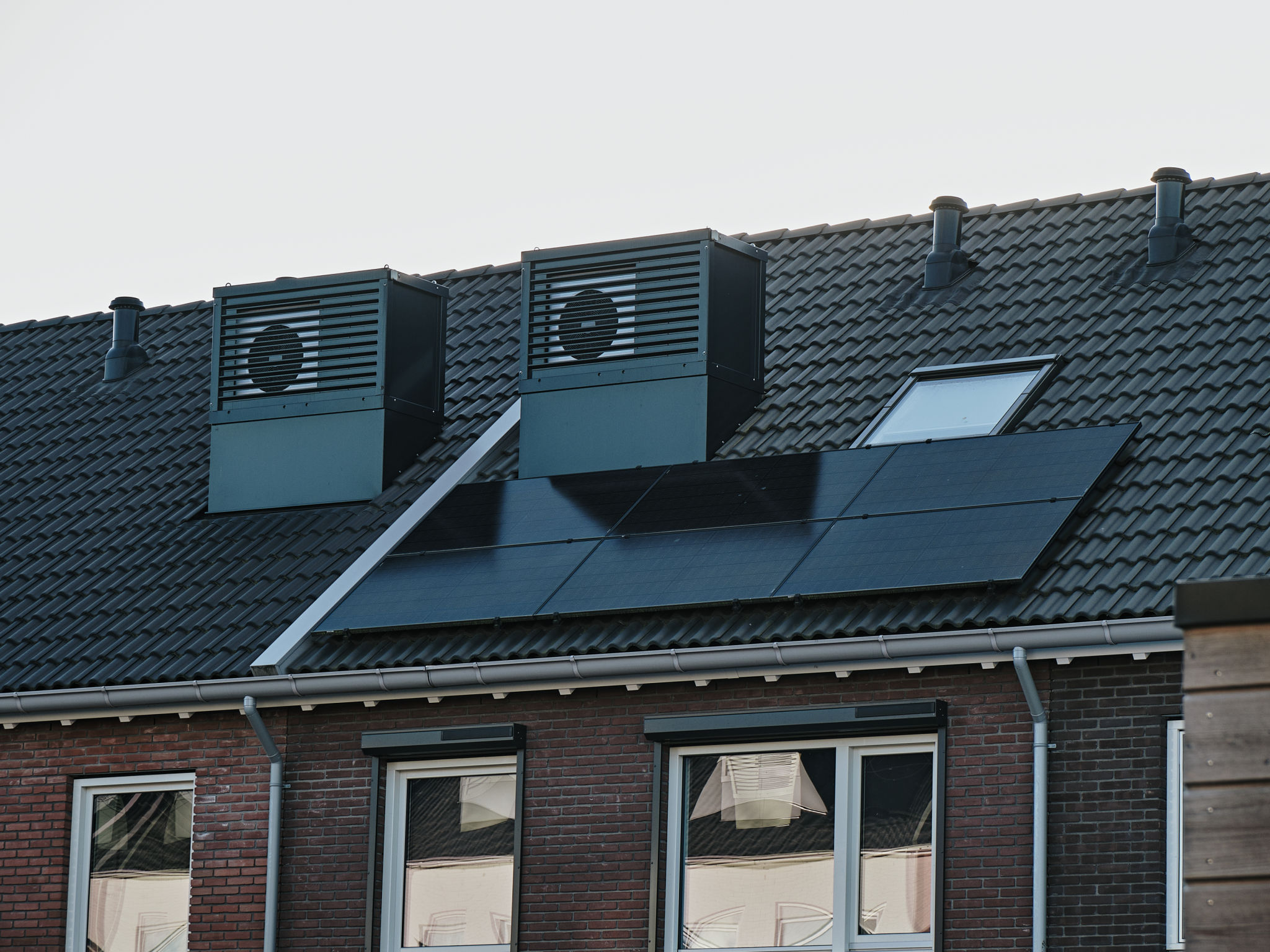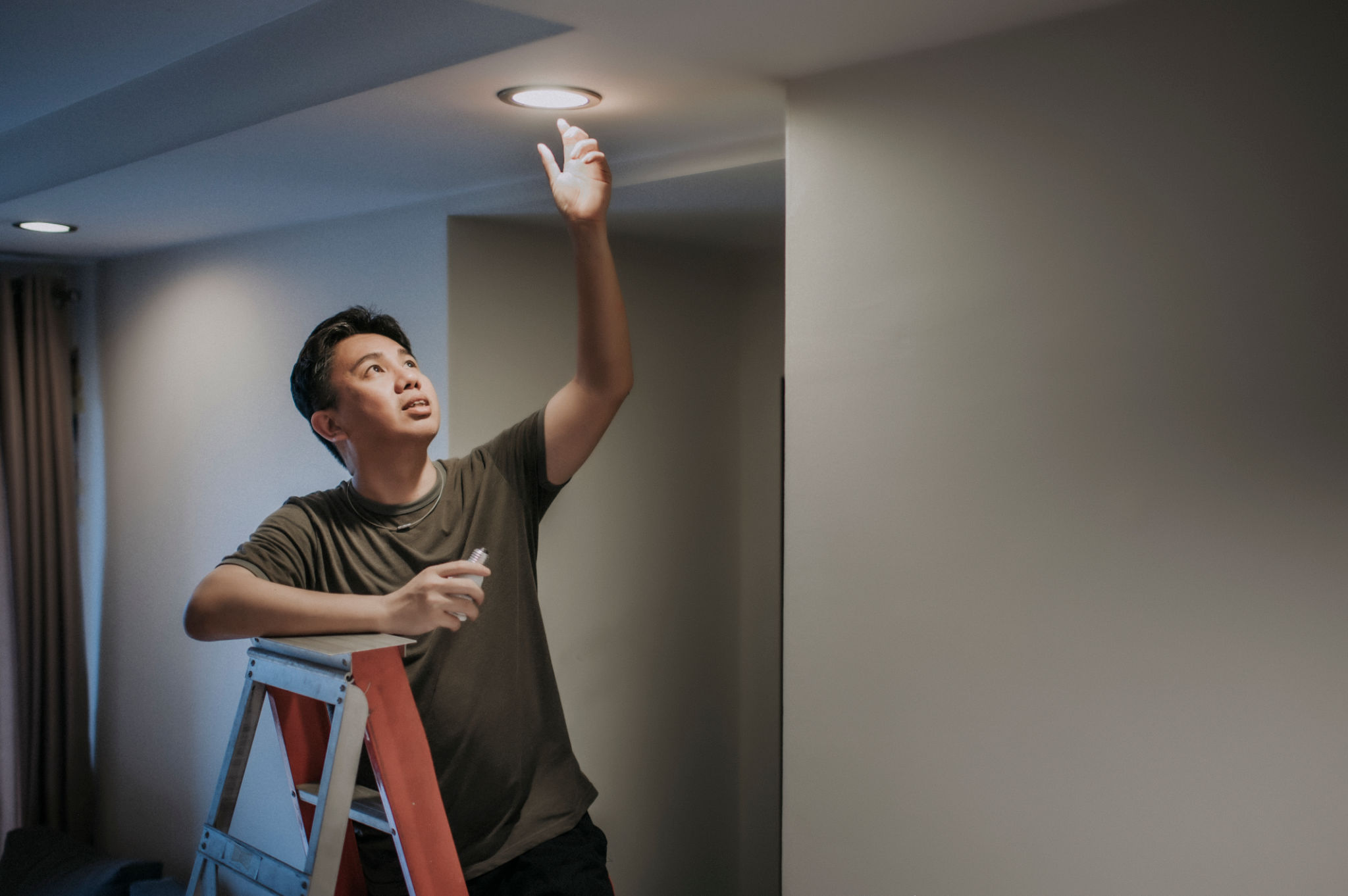Integrating Smart Home Technology During Remodels: A Step-by-Step Guide
Understanding the Benefits of Smart Home Technology
The integration of smart home technology during a remodel offers numerous advantages, from enhancing convenience and energy efficiency to boosting property value. As homeowners increasingly seek ways to modernize their living spaces, incorporating smart technology becomes a key consideration. By understanding the benefits, you can make informed decisions that suit your lifestyle and budget.
Smart home systems provide seamless control over various elements, such as lighting, heating, security, and entertainment. Imagine adjusting your thermostat remotely or receiving alerts from your home security system while you're away. These technologies not only offer ease of use but also contribute to a more sustainable and secure home environment.

Planning Your Smart Home Integration
Before diving into the installation phase, it's essential to plan your smart home integration carefully. Start by assessing your needs and identifying which areas of your home could benefit from smart technology. Whether it's smart lighting in the living room or automated blinds in the bedroom, pinpoint the features that align with your daily routines.
Consider your budget and prioritize essential upgrades. It's crucial to strike a balance between immediate needs and future expansion possibilities. Consulting with a professional smart home consultant can offer valuable insights and help you develop a strategic plan tailored to your specific remodel project.
Choosing the Right Smart Devices
With a plan in place, the next step is selecting the right smart devices. The market is flooded with options, so focus on products known for their reliability and compatibility. Choose devices that integrate well with each other and are easy to control via a centralized platform or app.
- Smart Thermostats
- Smart Lighting Systems
- Security Cameras and Alarms
- Automated Shades and Blinds

Installation and Integration Process
Once you have your devices selected, it's time to move on to installation. While some homeowners may choose the DIY route, hiring professionals can ensure that the integration is seamless and efficient. Professionals can handle complex wiring and network configurations, reducing the risk of errors.
During installation, pay attention to the placement of devices to ensure optimal performance. For instance, smart speakers should be positioned where they can pick up voice commands easily, while security cameras should cover key entry points effectively.
Testing and Optimization
After installation, thoroughly test each smart device to confirm it operates as expected. Check that all systems are functioning properly and make any necessary adjustments. Many devices offer customization options, allowing you to optimize settings for maximum efficiency and comfort.
- Test connectivity and response time.
- Customize settings for personalized use.
- Ensure all devices are updated with the latest software.

Maintaining Your Smart Home System
Post-installation, maintaining your smart home system is crucial to ensure long-term functionality. Regularly update device software to benefit from improved features and security patches. Keep an eye on system alerts and troubleshoot any issues promptly to maintain seamless operation.
Additionally, consider expanding your system as new technologies emerge. Staying informed about the latest smart home trends can help you continually enhance your home's functionality and value.
By following these steps and embracing smart technology during your remodel, you can transform your home into a more efficient, secure, and modern living space.